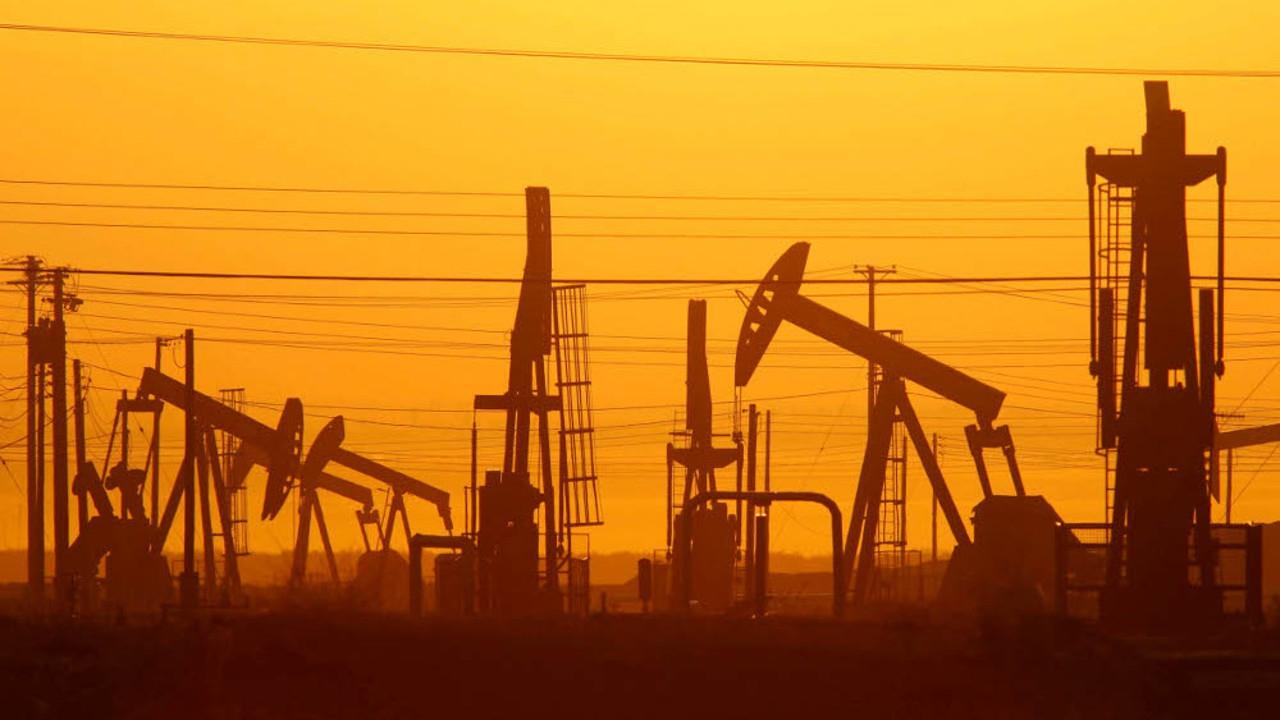Why BHP believes it has already hit rock bottom

While there was some confidence that prices (and BHP’s earnings) have at least stopped falling, there was also some caution expressed about the ability of iron ore to hold recent price levels in the face of a continuing rise in the supply of low-cost ore, most notably from Vale’s S11D project in Brazil.
With a $US1 a tonne movement in the iron ore price impacting BHP’s earnings before interest, tax, depreciation and amortisation (EBITDA) by $US217 million, that’s a very, very big swing factor in the group’s results.
If, for instance, the price were to hold at its current level of $US61.85 a tonne over the course of the 2017 financial year, which compares with its average in 2015-16 of $US44 a tonne, it would add nearly $US3.9bn to the group’s EBITDA for the year just ended of $US2.6bn.
Despite the uncertainty about where the price might journey over the course of the year, however, there is, relative to the price over the course of 2015-16, a significant level of comfort that the price will be better in 2016-17 than it was last financial year. BHP’s house view is that the overhang of new low-cost supply from Brazil and Australia will provide a ceiling on the price for some years.
Iron ore is one of the two commodities that BHP is most leveraged to. The other is oil.
The collapse in the oil price, which averaged $US39 a barrel last financial year, has hurt BHP badly, as has the flow-on effect to gas prices. EBITDA in the petroleum division nearly halved, falling $US3.5bn to $US3.7bn. The $US7.2bn writedown of BHP’s onshore oil and gas assets in the US also reflected the plunge in oil and gas prices.
If the current spot price for oil were sustained over the rest of this financial year it would add $US780m to EBITDA and the spot price for US domestic gas would, if BHP were producing any, add another $US180m.
The consensus view within the oil industry is that, with demand growing and supply now flattening after the OPEC-led surge in production that punctured the price and resulted in well over $US1 trillion of planned investment in future supply being abandoned, the worst is over for the oil price.
There is an expectation that around the middle of next year, certainly within the second half, the global glut of inventory will have been worked through and the impact of the dramatic reduction in investment will be apparent in the price.
While BHP’s big investment in US onshore oil and gas has resulted in massive writedowns and seen almost all its operations mothballed, those resources can be turned off — and on — very quickly.
Of all the hydrocarbon resources, the US onshore sector can respond near-instantly and at very low capital costs (and with operating costs that have been dramatically reduced) to shifts in the price.
If the price were to strengthen BHP could exercise a very big and lucrative option and bring its liquids-rich fields back into production. It is also exploring selling forward some of its gas resources to capture the contango in US gas futures.
While higher iron ore and oil prices and sharp spikes in coal prices that could add another $US1bn-plus to EBITDA if the current spot prices were maintained might be the larger part of the explanation for why Mackenzie could say that at current spot prices BHP would more than double its free cash flow this year (from $US3.4bn to more than $US7bn), the other big element in the financial picture is what ought to be missing from the 2016-17 result.
Within BHP’s explanation of the variances between its 2014-15 and 2015-16 results was an $US800m drop in EBITDA as a result of lower productivity volumes. Some of that loss relates to the virtual shutdown of the US onshore operations but a major influence has been the declining grades and volumes at the giant Escondida copper mine in Chile.
Escondida’s production fell 20 per cent to 979,000 tonnes, with a grade decline of 28 per cent. That long-term decline in grade has had a significant influence on BHP’s results in recent years — had it not been for the mine, the group’s productivity gains of $US437m would have been around $US2bn last year.
The worst of the Escondida effect, however, has now washed through BHP’s numbers and it ought to be a progressively more positive contributor as the effects of lower unit costs, the higher volumes enabled by the start-up of a third concentrator and a desalination plant and a ramp-up of an expansion project start to flow through.
BHP has foreshadowed a nine per cent increase in Escondida’s production this year, with the increase weighted towards the second half.
A slight improvement in the copper price and a targeted 11 per cent decrease in Escondida’s unit costs, from $US1.12 per pound to $US1 a pound, could have a major positive impact on its performance. Given that its EBITDA fell by $US2.3bn last financial year, even an end to the drag it has been on BHP’s recent performance would be a big positive.
Across the group, beyond the halving of unit costs over the past four financial years, BHP is confident of extracting another $US1.8bn or so of productivity gains through a combination of further cost reductions and, without the Escondida effect, copper-equivalent volume growth of about four per cent.
Commodity prices are volatile and, as recent years have demonstrated, unpredictable. The prices of the commodities most important to BHP are either directly influenced by the ability of China’s authorities to maintain economic growth or hostage to the market share aspirations of the Saudi-led OPEC.
Thus Mackenzie’s confidence was borne out of both a belief that at least 2016-17 won’t be a worse year for commodity prices than 2015-16, which seems like a very reasonable assumption, and his own understanding of the implications of what BHP is doing within its portfolio to the things that it can control.
If iron ore prices were to hold at current levels (which, given the outlook for supply, isn’t BHP’s assumption), oil price behave as the consensus anticipates and the group is able to deliver the further cost savings and volume increases it is targeting, the view of 2015-16 as the nadir of BHP’s fortunes could prove correct.



The sense that the worst is now behind BHP Billiton that lay beneath Andrew Mackenzie’s commentary on the group’s headline loss of $US6.2 billion on Tuesday doesn’t appear to be predicated purely on the recent surge in the prices of most of the commodities that BHP produces.